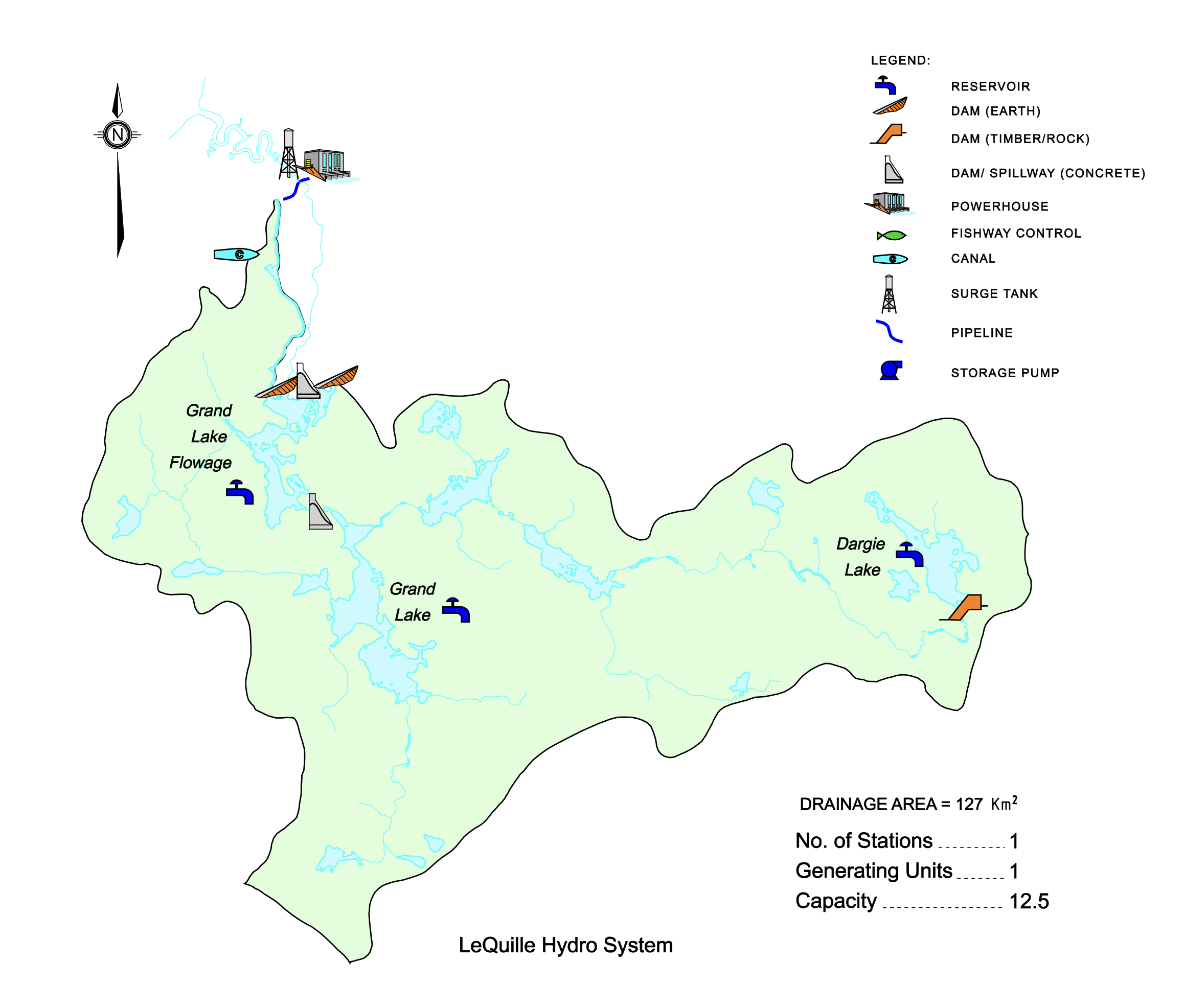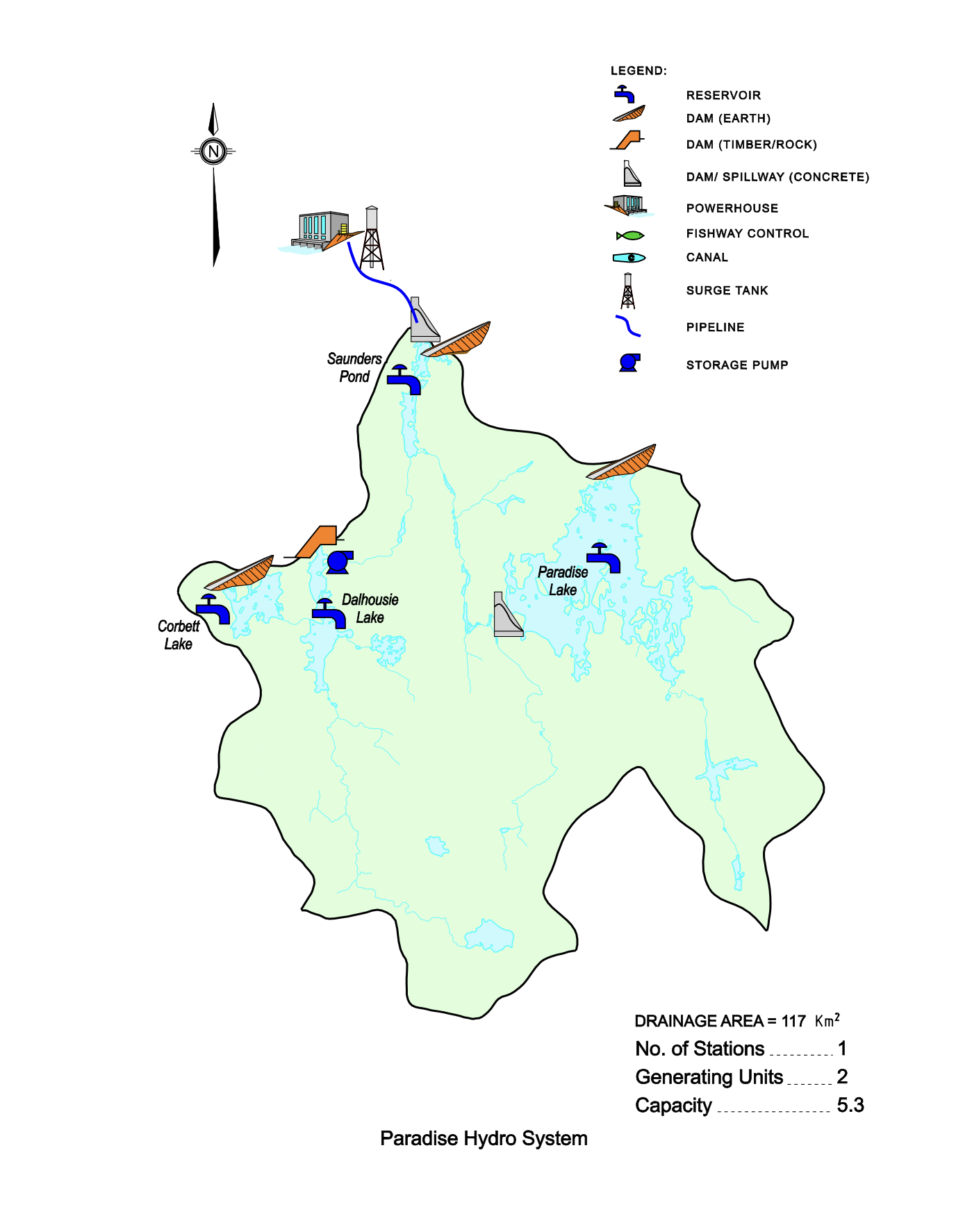Exporting and Marine Terminals
Over time we plan to export fly ash by ocean going vessels at two locations. These are the Sydney International Coal Pier and the Point Tupper Marine Terminal in Cape Breton, Nova Scotia. Shipments of ash will likely be sourced from our four Generating Stations and will be transported to Sydney and Point Tupper to be loaded aboard ships for delivery to customers.
Both the Sydney International Coal Pier and the Point Tupper Marine Terminal are currently active coal import facilities for us.
Trenton
Trenton Generating Station (TRE) opened in 1969. TRE-5 was commissioned in 1969 and underwent a multi-million dollar complete refurbishment in 2009, leading to improved efficiency of the unit. TRE-6 was commissioned in 1991. Total capacity of Trenton Generating Station is 307 MW.
TRE is located in the community of Trenton. TRE is situated adjacent to rail and located 65km North-East of Truro which is the rail transportation hub of Nova Scotia.
More Information:
The Trenton Generating Station produces Class F and kiln feed fly ash from two thermal generating units at a rate of 108,000 metric tons per year, and bottom ash at a rate of 18,000 tons per year. Ash produced at Trenton has historically been dry stack stored at the Abercrombie and Trenton Ash Management Sites. The amount of stored ash totals approximately 4,000,000 tons.
Trenton Class F and kiln feed ash has applications in cement, concrete, and soil amendment industries.
Ash produced at Trenton will be loaded aboard proximally located rail facilities and shipped to points of export including Point Tupper.
Ash Residue Composition: Trenton | ASTM Specs |
POT-2 – Class F Ash
| Class F Ash: ASTM C618 |
SiO2+Al2O3+Fe2O3 – 88.9%
| SiO2+Al2O3+Fe2O3 >70%
|
SO3 – 0.73%
| C <6% |
CaO – 1.63%
| H2O <3% |
Alkalides (Na2O) – 0.89%
| 45um Fineness >65%
|
Moisture – 0.05% | |
Fineness (% retained on 45 μm sieve) – 16.9%
| |
Specific Gravity (g/cm3) – 2.39 | |
TRE-5 – Kiln Feed Ash | Kiln-Feed Ash: ASTM C114 |
SiO2+Al2O3+Fe2O3 – 87.49% | SiO2+Al2O3+Fe2O3 >70%
|
SO3 – 1.12% | C <20% |
CaO – 3.21% | H2O 9-15% |
Alkalides (Na2O) – Trace | 25 mm Fineness 100% |
Moisture – 0.001% | |
Fineness (% retained on 45 μm sieve) – 12.9% | |
Specific Gravity (g/cm3) – 2.49 | |
Point Tupper
Point Tupper Generating Station (POT) was commissioned as an oil-burning unit in 1973. It was converted to coal and recommissioned in 1987. Total capacity of Point Tupper Generating Station is 150 MW.
POT is located in the community of Point Tupper in the Richmond County area. POT is situated adjacent to our Point Tupper Marine Terminal (PTMT) in the Canso Strait.
More Information:
A single Generating Unit at Point Tupper produces fresh Class F and Kiln Feed fly ash at a rate of 34,000 tons, and bottom ash at a rate of 4,000 tons annually. Historically produced ash has been dry stored at the nearby Bear Head Ash Management Site in the estimated total amount of 1,250,000 metric tons.
Two ash varieties are produced at Point Tupper. These include Class F, Kiln Feed. These ash types can be applied to cement and concrete production as well as soil stabilization and solidification industries.
Initially ash stored and produced at Point Tupper will be relocated to the nearby Port Hawkesbury Paper Marine Terminal prior to ship-loading and export to customers.
| Ash Residue Composition: Point Tupper | ASTM Specs |
POT-2 – Class F Ash
| Class F Ash: ASTM C618 |
- SiO2+Al2O3+Fe2O3 – 81.77%
| |
| |
| |
| |
| |
- Fineness (% retained on 45 μm sieve) – 19.1%
| |
- Specific Gravity (g/cm3) – 2.462
| |
Lingan
Constructed in the 1970s, Lingan's four units were commissioned separately from 1979-1983. Lingan is Nova Scotia Power’s largest generating station. Total capacity of Lingan Generating Station is 620 MW.
LIN is located in community of Lingan, which is an old integral part of the Cape Breton Regional Municipality’s historical coal mining community. Lingan is proximal to marine via 15km rail loop to Nova Scotia Power’s International Coal Pier (ICP) in Sydney Harbour.
In 2012 Nova Scotia Power announced that two of Lingan's units would be operated only on a seasonal basis due to decreased industrial load, increased renewable energy use and to meet environmental requirements.
More Information:
The Lingan Generating Station produces Class F and Kiln Feed fly ash from four units at a rate of over 100,000 metric tons per year, and bottom ash at a rate of 16,000 metric tons per year. Ash produced at Lingan is dry stacked stored in landfill near the plant site in the amount of 5,500,000 metric tons.
As the ash diversion program expands the ash will be stored at Nova Scotia Power’s International Coal Pier (ICP) in Sydney Harbour , this is planned to be the primary point of export for Lingan CCP products. Ships will be loaded here with Lingan ash before delivery to our customers.
| Ash Residue Composition: Lingan | ASTM Specs |
Class F Ash
| Class F Ash: ASTM C618 |
- SiO2+Al2O3+Fe2O3 – 79.51%
| |
| |
| |
| |
| |
- Fineness (% retained on 45 μm sieve) – 20.3%
| |
- Specific Gravity (g/cm3) – 2.467
| |
Point Aconi
Point Aconi (POA) opened in August 1994. The plant’s circulating fluidized bed technology means it can use petcoke in its boiler while significantly reducing emissions. Due to its design, Point Aconi is primarily fueled by petcoke, which is a solid by-product of the oil refining process. Total capacity of Point Aconi Generating Station is 171 MW.
POA is Located in the rural community of Point Aconi.
More Information:
The Point Aconi Generating Facility is unique among our facilities in that it uses Circulating Fluidized Bed technology. This process requires the addition of limestone and results in ash residue with higher than typical calcium content. CCB ash residue holds particular value in soil amendment applications.
CCB fly ash and bottom ash residues are produced at Point Aconi at an annual rate of 90,000 and 80,000 metric tons respectively. Historically produced residue is stored at Point Aconi in dry-stack storage in the amount of 3,000,000 tons.
| Ash Residue Composition: Point Aconi | ASTM Specs |
Class C Ash
| Class C Ash: ASTM C618 |
- SiO2+Al2O3+Fe2O3 – 12.92%
| |
| |
| |
| |
| |
- Fineness (% retained on 45 μm sieve) – 41.4%
| |
- Specific Gravity (g/cm3) – 2.812
| |
Biomass
We operate a 60 megawatt biomass power plant in Port Hawkesbury, which supplies as much as 3% of the province’s electricity. Biomass is a renewable energy source used around the world. The facility helps us reach renewable energy requirements and provides a source of firm renewable energy that can back up intermittent wind generation.



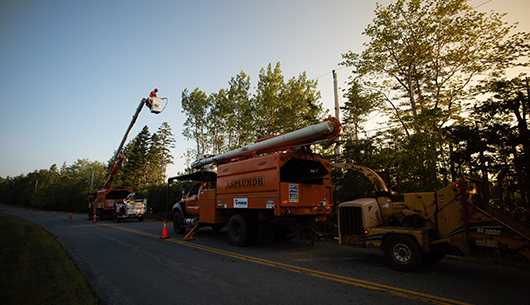


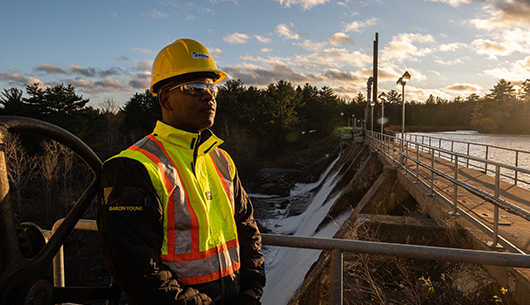
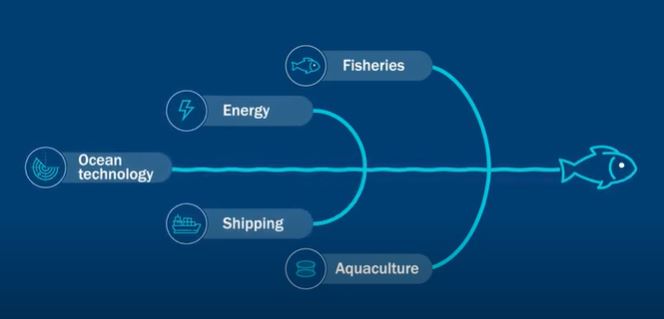

.jpg?sfvrsn=1bf76421_0)



